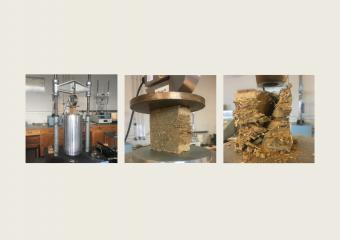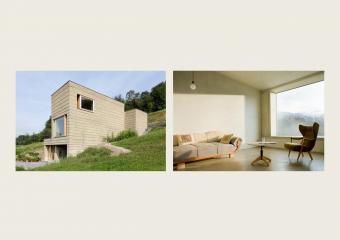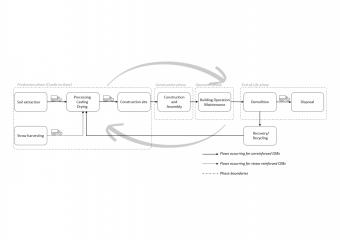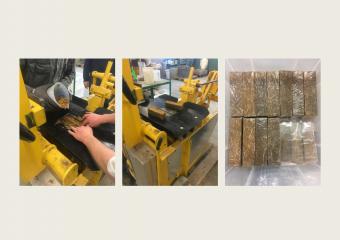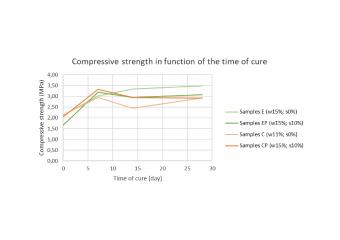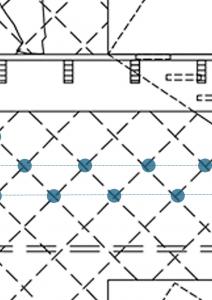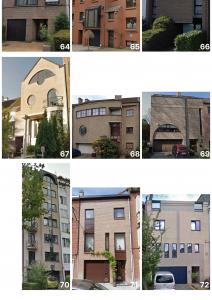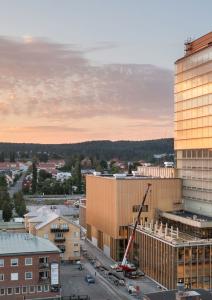Enhancing mechanical properties of CEB with fibers
CEB - Compressed Earth Block

What is the optimal straw ratio to incorporate in Compressed Earth Blocks (CEB) in order to enhance their mechanical properties?
This study focuses on reinforcing Compressed Earth Blocks with straw in order to enhance their mechanical properties. The main research frame of this work is to (i) find the optimal straw ratio to incorporate into CEBs to improve their mechanical characteristics by means of experimental tests; and to (ii) find out how the results obtained in the experimental part will be translated in a structural point of view, and to which ecological extends. This investigation was carried out essentially because of CEB’s promising future deals in the construction sector compared to other construction materials.
Implementing natural fibres in CEBs could enhance their mechanical behaviour, and thus contribute to their attractiveness within the actual material reign. The experimental part of this work was performed methodically to identify which parameters played a role for mechanical properties of reinforced CEBs, mainly regarding density, compression and tensile strengths, and Young modulus. It was demonstrated that the behaviour of straw reinforced CEBs depended on quite a number of parameters. Parameters such as the compaction mode of the samples (static or dynamic); the use of an adapted fabrication procedure for straw reinforced CEBs; the nature and ratio of the straw incorporated in CEBs; the water content of the samples and their time of cure. The outcomes of this experimental part were then used to evaluate the potential of CEBs through a structural and energy-wise approach. A structural dimensioning phase allowed to estimate how high one could possibly build with CEB and straw-CEB masonry. It was then found that CEB structures had a significantly lower embodied energy than traditional masonry structures. Besides that, it could be observed that
the transport parameter represented an important weight in the embodied energy of CEBs, but that this parameter could be optimised. Finally, it was proven that the recycling possibilities of CEBs would imply lower environmental impacts than the end-of-life scenarios of conventional materials, like fired brick masonry.
- Academic year
- 2020-2021
- Date of defense
- 30 May 2020
- Theme
- sustainable architecture, material testing (lab), geomechanics
- Director 1
- Bertrand François (ULB)

